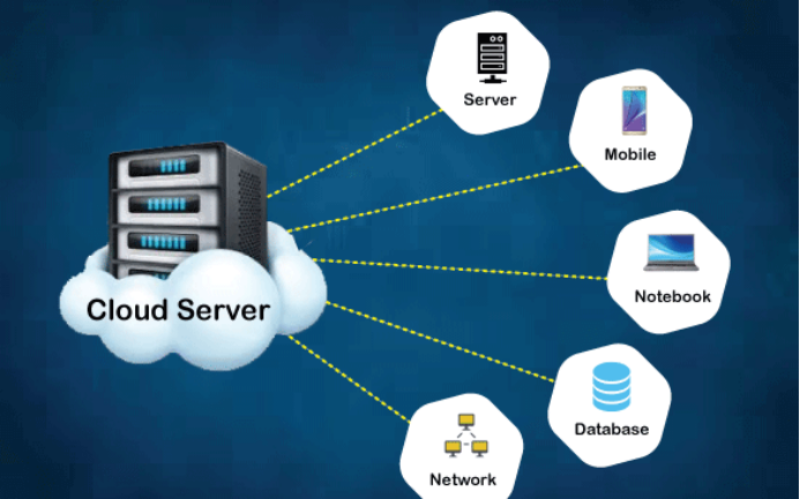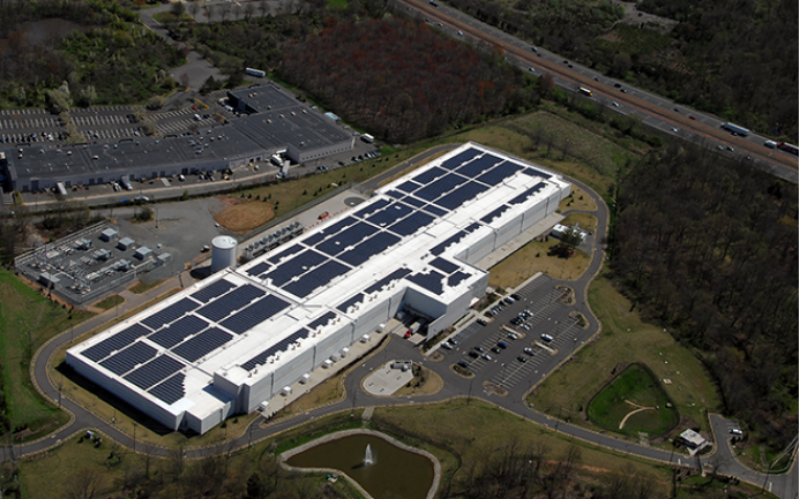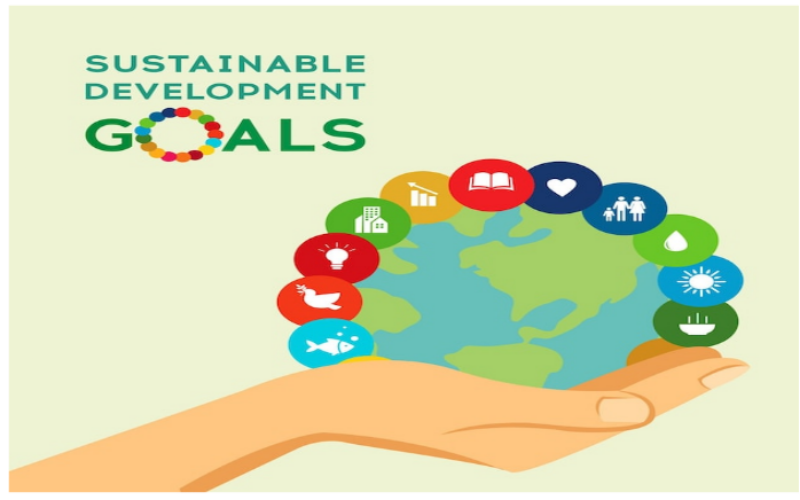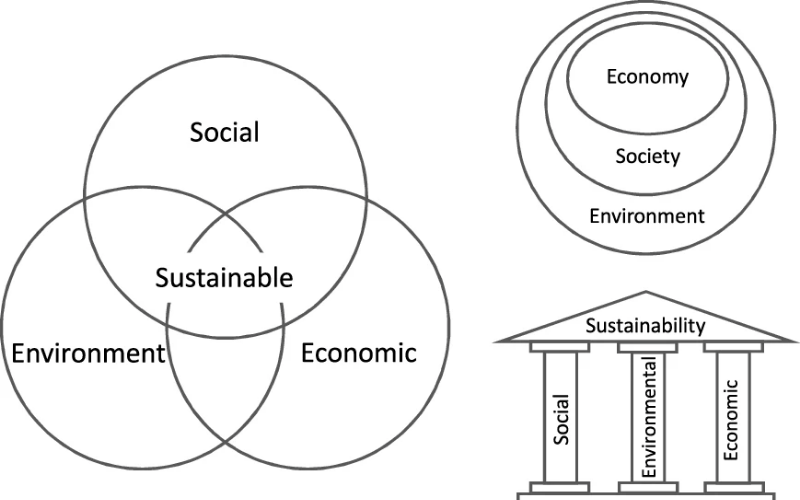Implementing green IT practices is vital for a sustainable future. By optimizing strength utilization, adopting virtual methods to reduce hardware, and selling telecommuting, IT can notably reduce its carbon footprint. Efficient record control, cloud computing, and recycling digital waste further contribute. These practices no longer merely curtail operational charges but additionally foster sustainability, aligning industries with international inexperience. Embracing IT’s capacity to innovate and energy exchange is vital to mitigating environmental effects and stabilizing a greener destiny for generations to come. For a greener destiny, those steps pave the way for sustainable IT practices that benefit the environment and your agency alike. The following is a brief list of 10 steps that can be implemented:
1. Use Energy-Efficient Hardware And Software
Energy-efficient hardware and software are developed to reduce the quantity of power consumed by computing gadgets. Energy-green computing is vital for a number of motives, which include reducing the environmental impact of computing, maximising battery existence, and enhancing the overall performance of devices. Some of the key concepts consist of Low-electricity components, Optimized software, and Power control features.

2. Optimize It Infrastructure
IT infrastructure optimization is defined as process of improving the efficiency, performance, and reliability of an organization’s IT systems. This can be done through quite a few techniques such as : minimize the number of servers, Migrating to the cloud, reducing network traffic, patching and updating software programs. The process presents some benefits for groups: cost savings, Improved overall performance, Increased agility, and Improved protection.

3. Use Cloud Computing
Cloud computing is pivotal for a green destiny. By centralizing record storage and processing, it minimizes the need for on-site hardware, reducing power intake and electronic waste. Scaling resources on-call optimizes server utilization and performance. Additionally, cloud carriers regularly rent power-efficient infrastructure and superior cooling systems, decreasing their environmental impact. Embracing the cloud era has a few benefits: Cost savings, Scalability, flexibility, and security.

4. Implement Green IT Centers
Green Fact Centers are pivotal in the pursuit of sustainability within the IT industry. By using strength-green hardware and software, Optimizing IT infrastructure, Using renewable electricity, and Recycling and reusing materials, these centers extensively lessen strength intake and carbon emissions. Virtualization and green workload control additionally optimize useful resource usage. Implementing green records facilities can provide a number of benefits for businesses, such as cost savings, Environmental safety, Improved public image, and Increased worker satisfaction.

5. Promote Telecommuting
Promoting telecommuting, additionally known as work-From-Home, offers a mess of benefits. It has a number of blessings for both employees and employers, which include reduced commuting expenses, Increased productivity, Improved work-life balance, and Reduced environmental impact. Some extra advantages of telecommuting include increased worker morale, Reduced sick days, and Improved recruitment and retention. For an agency, the benefits of telecommuting are not to be forgotten, as is how it can benefit the organization. Both employees and the company can immensely benefit from telecommuting.

6. Recycle And Reuse It Devices
IT businesses can lessen their environmental impact through recycling and reusing IT gadgets. IT devices can be recycled for their materials, including plastics, metals, and glass, to create new products, decreasing the need for virgin materials. IT systems that can be reused with the aid of people or corporations can save money and reduce the desire to buy new gadgets. This gadget can be donated to faculties, charities, or other organizations that could use it. This can extend the lifespan of the equipment and prevent it from becoming waste.

7. Educate Employees About Sustainability
Employees can benefit from awareness of useful resource conservation, waste reduction, and electricity performance through numerous communication channels, which include intranet articles, e-mail newsletters, and posters. They can also benefit from an interactive and personal journey of learning about sustainability. By learning about their function in promoting sustainability, employees could make knowledgeable alternatives, adopt greener conduct, and contribute to a more eco-friendly organizational lifestyle, thereby reaping benefits for both the business enterprise and the environment.

8. Set Sustainability Goals And Objectives
By defining clear targets, which include decreasing carbon emissions, minimizing waste production, and selling renewable power usage, agencies create a road closer to a greener future. By making the goals measurable, agencies can track their development and make sure they are on course to achieve their goals. While setting objectives, businesses can break down their desires into smaller, more workable steps. By involving stakeholders, corporations can get everyone on board with the sustainability journey. And by communicating their desires, agencies can make certain that everybody is aware of the company’s commitment to sustainability. Setting sustainability desires and objectives is paramount for businesses aiming to mitigate their environmental impact.

9. Report On Sustainability Performance
A sustainability overall performance summary is a document that summarizes an enterprise’s sustainability performance. It typically includes statistics on the organization’s environmental, social, and governance (ESG) desires as well as its progress toward achieving those dreams. Key factors that must be covered in a sustainability overall performance quick: Organizational desires, Performance metrics, Key initiatives, collaborations, and challenges Benefits of sustainability performance reporting: Increased transparency, Improved choice-making, and Increased popularity.

10. Support Sustainable It Projects
Organizations can help sustainable IT initiatives by making an investment in research and improvement and by imparting monetary and technical help to companies that are developing and putting into effect sustainable IT solutions. By supporting sustainable IT projects, groups can help protect the surroundings and reduce their effect on weather trade. The method can provide a number of blessings for corporations, consisting of Reduced environmental effects, Cost savings, Improved worker morale, and Enhanced popularity.



















